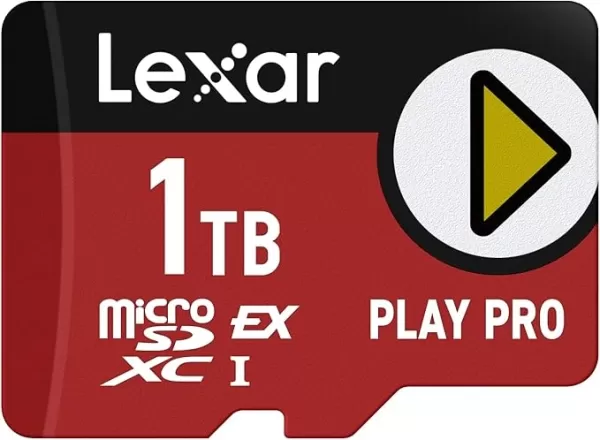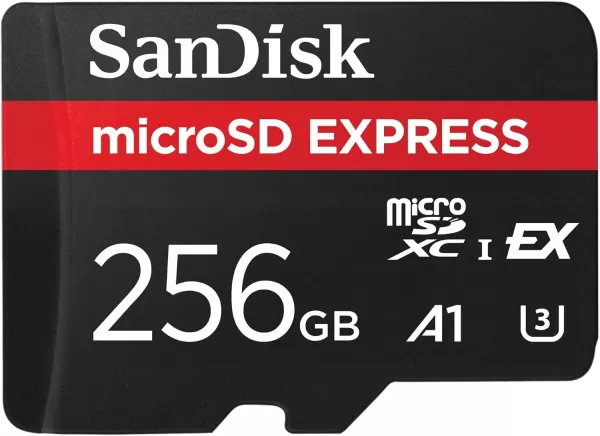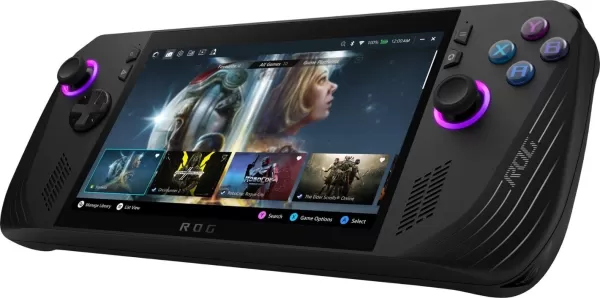When Nintendo unveiled the Nintendo Switch 2 last week, it revealed a notable shift in its storage expansion strategy: the console will exclusively support MicroSD Express cards. This change might be inconvenient for those with collections of standard MicroSD cards, but it's a smart move considering the superior performance of MicroSD Express cards. These cards utilize a faster interface that aligns closely with the Universal Flash Storage (UFS) of the Switch 2's internal storage, theoretically allowing games on expansion cards to load just as quickly as those stored internally. The trade-off, however, is the inability to use less expensive non-Express MicroSD cards.
MicroSD vs. MicroSD Express
Over the years, MicroSD cards have evolved through six different speed ratings. Starting with the original SD cards at a modest 12.5MB/s, speeds have progressively increased, reaching up to 312MB/s with the SD UHS III standard. However, the introduction of the SD Express standard five years ago marked a significant leap in performance.
The key advancement with SD Express is its use of a PCIe 3.1 interface, a stark contrast to the slower UHS-I interface of older cards. This PCIe interface, also used by high-speed NVMe SSDs, enables full-sized SD Express cards to achieve data transfer rates up to 3,940MB/s. While MicroSD Express cards don't reach these peak speeds, they still offer impressive performance, with read/write speeds up to 985MB/s—three times faster than the fastest non-Express MicroSD cards.
Why Does the Switch 2 Require MicroSD Express?
Although Nintendo typically keeps its hardware decisions under wraps, the rationale behind requiring MicroSD Express cards for the Switch 2 is clear: speed. Games installed on a MicroSD Express card will load significantly faster than those on a traditional UHS-I MicroSD card, thanks to the PCIe 3.1 interface. This requirement could foreshadow similar standards in future handheld gaming PCs.
The Switch 2's internal storage has been upgraded to UFS from eMMC, aligning with the need for faster external storage. Early demonstrations suggest substantial improvements in load times, with fast travel in games like Breath of the Wild reportedly reduced by 35% according to Polygon, and initial load times improved by a factor of three as measured by Digital Foundry. These enhancements could be attributed to the faster internal storage, but also to the improved CPU and GPU, which can process data more efficiently. The necessity for external storage to match these speeds ensures that future games requiring faster disk access won't be hindered by slower SD cards.
Moreover, this move paves the way for even faster storage solutions in the future. The current fastest standard for SD cards, SD 8.0 Specification, allows full-size SD Express cards to reach speeds up to 3,942MB/s. While MicroSD Express cards aren't there yet, future advancements could see them reaching these speeds, provided the Switch 2's hardware supports it.
MicroSD Express Capacity Options
MicroSD Express cards have been slow to gain traction, but the launch of the Nintendo Switch 2 is expected to change that. Currently, options are limited. Lexar, for instance, offers a single MicroSD Express card in 256GB, 512GB, and 1TB capacities, with the 1TB variant priced at $199.

Lexar Play Pro MicroSD Express
0See it at Amazon
SanDisk, on the other hand, lists only one MicroSD Express card, topping out at 256GB, which matches the internal storage of the Switch 2. By the time the Switch 2 hits the market, it's unlikely that many MicroSD Express cards will exceed 512GB in capacity. However, as demand grows, companies like Samsung are expected to introduce higher-capacity options.

SanDisk MicroSD Express 256GB
0See it at Amazon









